The political and economic history of Austria is marked by its central location in Europe and its historical association with the Holy Roman Empire, the Habsburg Monarchy, and various geopolitical shifts.
Vectormap.Net provide you with the most accurate and up-to-date vector maps in Adobe Illustrator, PDF and other formats, designed for editing and printing. Please read the vector map descriptions carefully.
Here’s a detailed overview:
Political History:
- Medieval Period:
- The territory of present-day Austria was part of the Carolingian and later Holy Roman Empire.
- The Babenberg and later the Habsburg dynasties played key roles in ruling over these lands.
- Habsburg Monarchy:
- The Habsburgs consolidated power in the 15th century and became one of the most influential ruling families in Europe.
- The Habsburg Monarchy included diverse territories, and Vienna became a significant cultural and political center.
- The Habsburg Empire faced challenges such as the Ottoman invasions and conflicts like the Thirty Years’ War.
- 18th Century – Maria Theresa and Joseph II:
- Maria Theresa (1717–1780) and her son Joseph II (1741–1790) implemented modernization reforms in administration, law, and education.
- Joseph II’s reign saw efforts to centralize power and promote religious tolerance.
- Napoleonic Era and Congress of Vienna:
- Austria faced significant losses during the Napoleonic Wars.
- The Congress of Vienna in 1814-1815 aimed to restore stability in Europe after Napoleon’s defeat, and Austria played a key role.
- Austro-Hungarian Empire:
- The 19th century saw the transformation of the Habsburg Monarchy into the Austro-Hungarian Empire (1867) with a dual monarchy structure.
- It was a diverse empire with multiple ethnic groups and languages.
- World War I and Dissolution of the Empire:
- Austria-Hungary was one of the Central Powers during World War I.
- After the war, the empire disintegrated, and the Republic of Austria was established in 1918.
- Interwar Period:
- The interwar years were marked by political instability, economic challenges, and social upheaval.
- Austria faced economic difficulties during the Great Depression.
- Anschluss and World War II:
- In 1938, Austria was annexed by Nazi Germany in the Anschluss.
- World War II had a significant impact on Austria, leading to destruction and occupation.
- Post-World War II – Second Republic:
- After World War II, Austria was divided into occupation zones.
- The Austrian State Treaty in 1955 restored independence, and Austria declared its permanent neutrality.
- Late 20th Century:
- The Cold War era influenced Austrian politics, maintaining a neutral stance.
- Austria joined the European Union in 1995.
- 21st Century:
- Austria has been an active participant in European affairs.
- Political shifts, coalition governments, and debates over issues like immigration have shaped recent years.
Economic History:
- Agricultural Economy:
- Historically, Austria had an agrarian economy with farming and forestry as major sectors.
- Industrialization and Urbanization:
- The late 19th century saw industrialization, with Vienna becoming a key industrial and cultural center.
- Interwar Economic Challenges:
- The Great Depression in the 1930s impacted Austria’s economy, leading to unemployment and social unrest.
- Post-World War II Reconstruction:
- Post-war reconstruction efforts were significant, and the Marshall Plan aided economic recovery.
- Economic Miracle (Wirtschaftswunder):
- In the 1950s and 1960s, Austria experienced rapid economic growth and modernization.
- European Union Integration:
- Joining the EU in 1995 facilitated economic integration, trade, and investment.
- Service-Oriented Economy:
- In recent decades, Austria has transitioned to a more service-oriented economy, with a strong emphasis on tourism, finance, and technology.
- Challenges and Opportunities:
- Challenges include addressing economic inequality, fostering innovation, and adapting to global economic trends.
Austria’s political and economic history reflects a journey from a medieval empire to a modern European state, navigating through challenges and transformations while contributing significantly to European culture and politics.

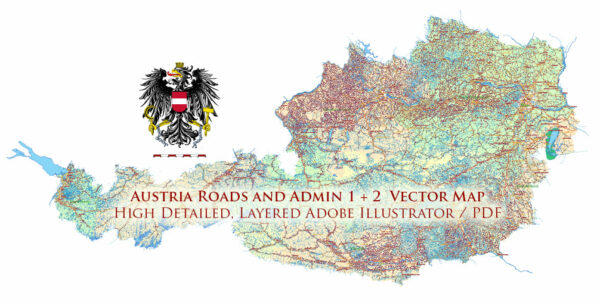
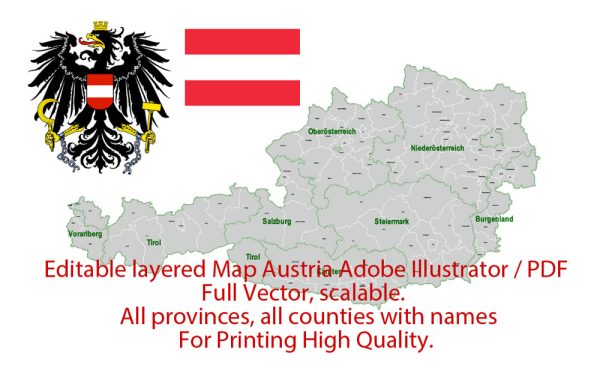
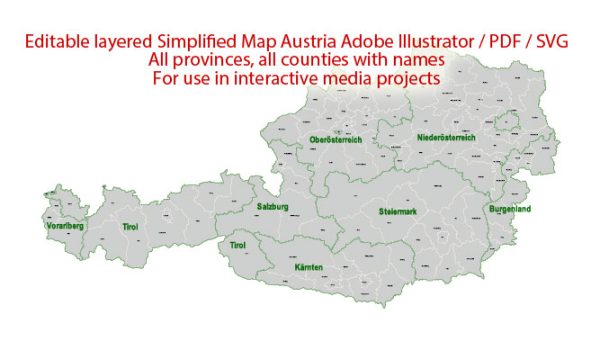
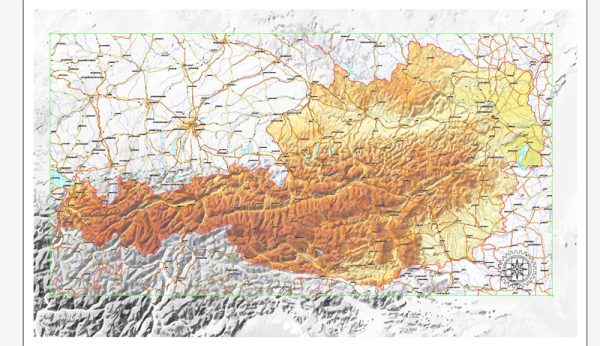
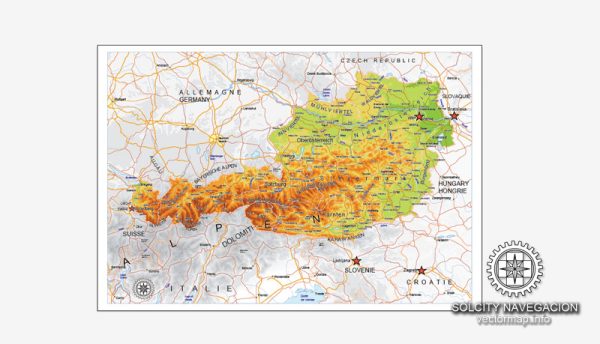
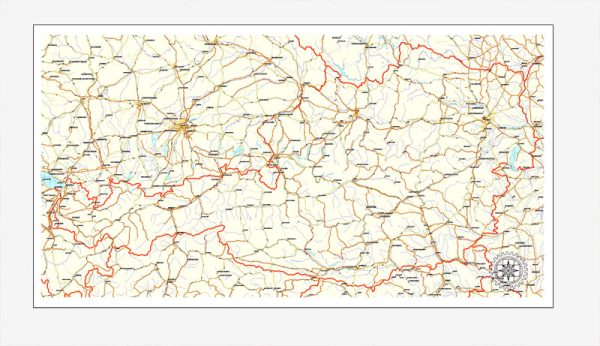
 Author: Kirill Shrayber, Ph.D.
Author: Kirill Shrayber, Ph.D.